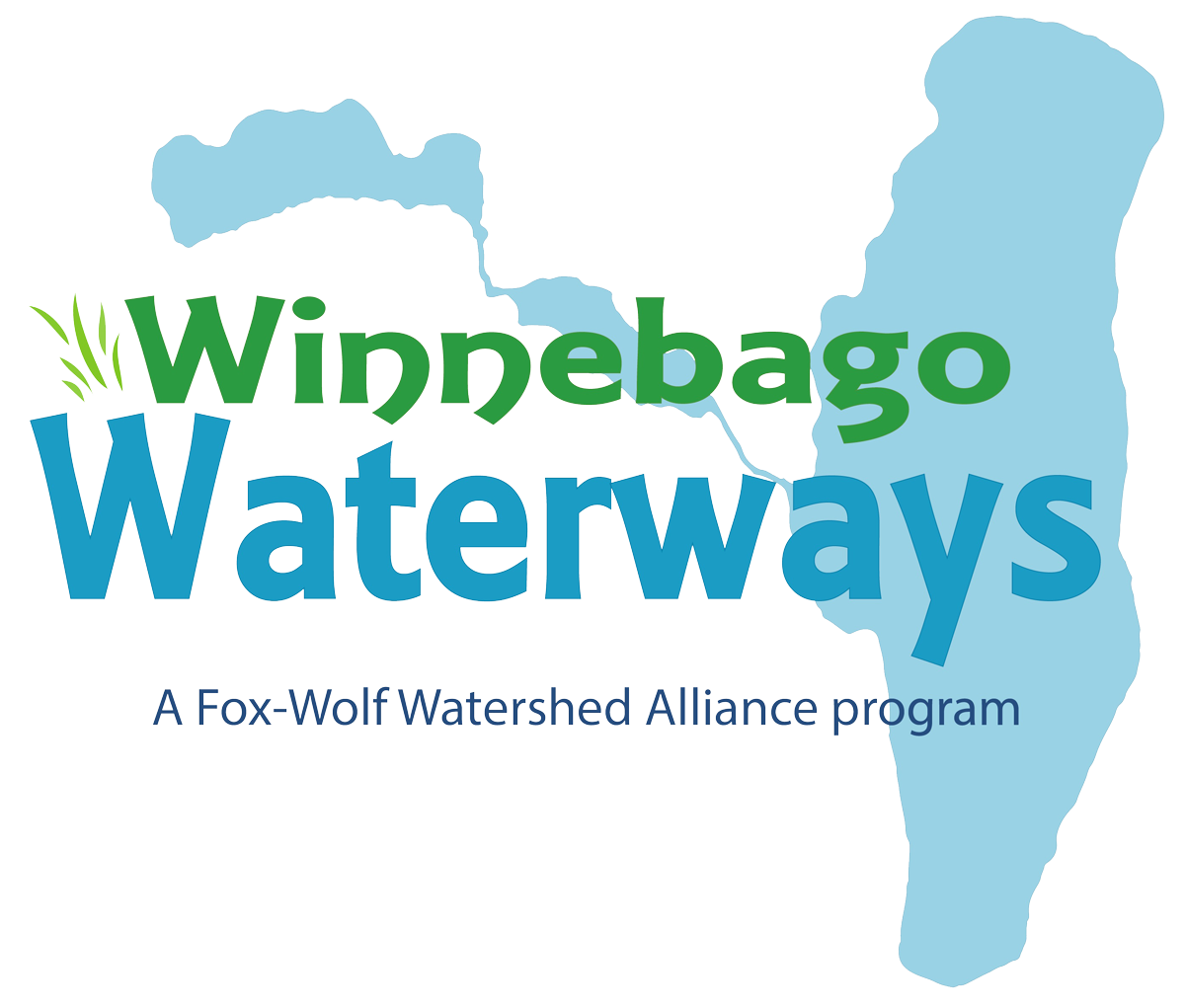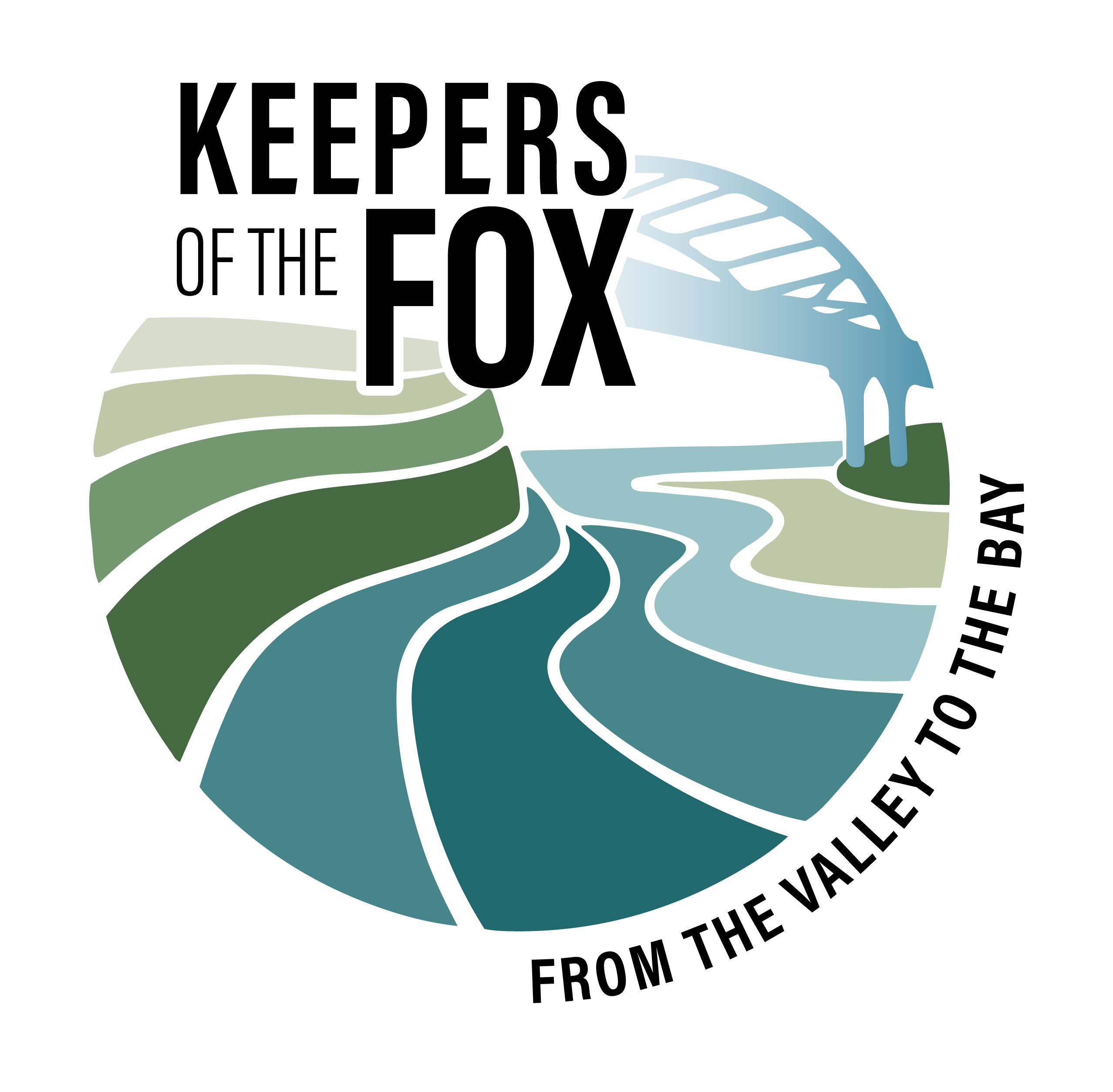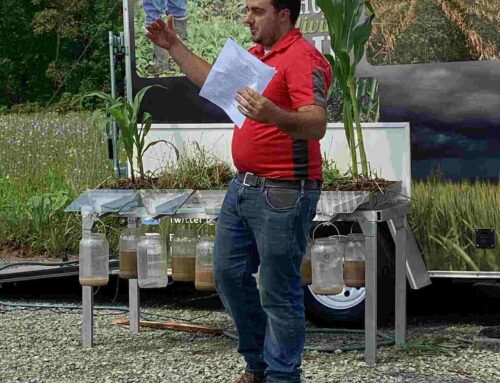FWWA and Outagamie County Land Conservation Department have been continuing to work in partnership with agricultural producers in the Plum Creek and Kankapot Creek Watersheds and are excited to introduce three new Conservation Champions! These producers are leading the way in demonstrating how the implementation of conservation practices such as cover crops, no-till, and low disturbance manure application on their fields provide a win-win for farm success and water quality. Andy Kiefer, Outagamie County Conservation Agronomist, provided this update for each of our Conservation Champions:
Bob Heubner of Huebner Farms, Kaukauna
Huebner Farms milks 275 dairy cows, raises youngstock, and crops 790 acres of mainly corn silage and alfalfa. They began using cover crops 3-5 years ago for forage after seeing the successes of neighboring farms who were using cover crops and no-till. The record rainfall in 2019 further motivated Huebner to continue to implement continuous no-till and cover crops because his cover cropped fields were easier to harvest. Currently, Huebner is planting cover crops/winter forages after corn silage followed by low disturbance manure application to preserve the cover crop benefits. Bob is working with Andy to continue to explore how different cover crop implementations can improve soil health, boost his crop quality, and reduce the cost and labor of planting.
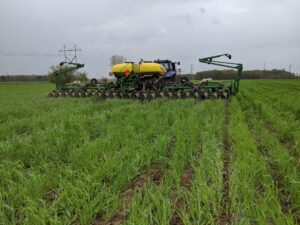
Huebner Farms employ no-till planting
Joe, Matt, and Nick Kesler of Kesler Farms, Hilbert
Kesler Farms milks 200 dairy cows, raises youngstock, and crops 840 acres of alfalfa, corn silage, corn grain, soybeans and wheat. They began their journey with soil health 6 years ago by incorporating cover crops while still using conventional tillage because they were always told “no-till will never work here,” but they quickly realized that using conventional tillage added extra stress and work to their operation. A pivotal point in their journey was when they purchased a no-till drill and began to no-till winter forages and soybeans with great success and have since converted to no-till corn as well. They continue to plant as many cover crops/winter forages after fall harvest as possible and use low disturbance manure application to allow the cover crop to continue to grow and capture nutrients. The Keslers will continue to explore the use of alternative forages to break the corn-on-corn rotation, interseeding soybeans, and roll/crimping rye cover crop with soybeans to reducing herbicide use and build soil health.
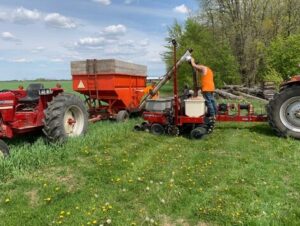
The Keslers prepare seed
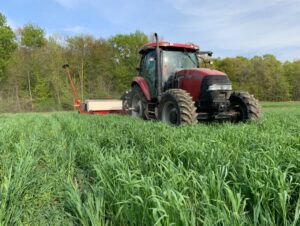
The Keslers at work in the field
Jon Lamers of Seven Oaks Dairy, Wrightstown
Seven Oaks milks 1200 dairy cows and crops 2000 acres of corn silage, grass/alfalfa and winter forages. Seven Oaks began to try cover cropping with winter forages about 5 years ago to help with conservation efforts and provide their cows with high quality feed. They also began to plant more grass for feed to replace alfalfa. These transitions have helped them manage more manure during the growing season when it is better utilized by the crops, is less susceptible to runoff, and allows for earlier cover crop planting after harvest. Low disturbance manure application is being used to preserve the cover crops or the growing alternative forages. Seven Oaks will continue to try new approaches including alternative forages such as implementing a new rotation cycle of corn-winter forage-italian ryegrass, which provides more opportunities in a season to apply manure and breaks us the corn-on-corn rotation that does not leave much cover on the land. The dairy also planted a cover crop management plot to help try new strategies (herbicide timing, roll/crimping) to determine the best way to manage cover crops in the spring for their farm.
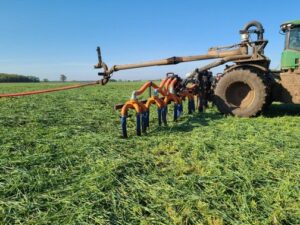
Seven Oaks employs low disturbance manure application
These efforts are possible through a GLRI grant focused on:
- Continuing to build on conservation momentum in the Plum and Kankapot subwatersheds by providing support to producers by Outagamie County Land Conservation Department staff
- Working with Conservation Champions to overcome the hurdles of consistent implementation of cover crops, no-till, and low disturbance manure injection and
- Tracking successes and challenges and communicating best practices to other local producers
Questions? Want to learn more? Contact the Lower Fox River Watershed Coordinator: Katie Woodrow, katie@fwwa.org
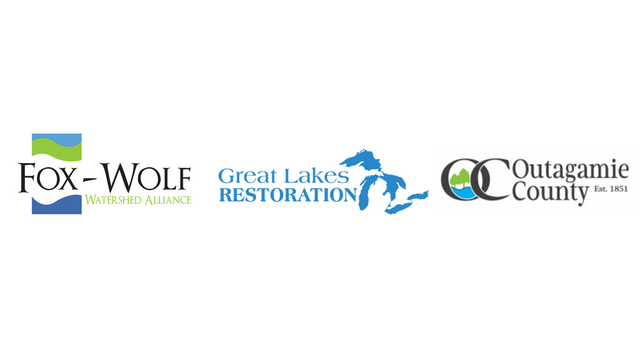
Questions? Contact us:
Climate Smart Agriculture Project Manager: Katie Woodrow, 920.915.5767 or katie@fwwa.org
To receive periodic updates on these projects as well as many others, please subscribe to our newsletters: CLICK HERE

